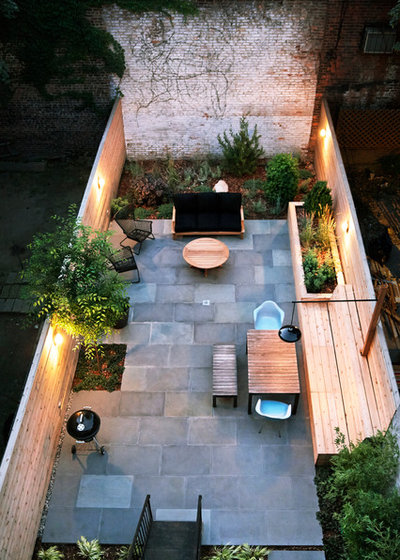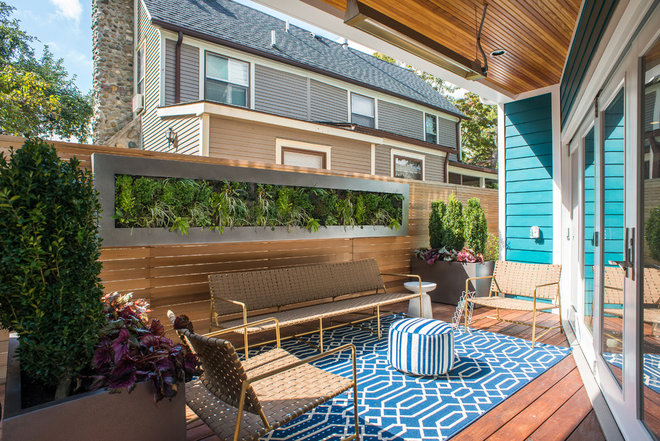There is another kind of fence you have probably seen throughout the winter that serves a pretty important purpose. They are called a snow fences, and they are sometimes bright orange. They stop snow from blowing into areas where it could be hazard. Snow fences can be purchased at most hardware and home supply stores (like Home Depot) and can be set up by anyone. If you have ever been curious about the purpose of snow fences, read the article below.
Snow Fence
Big piles of snow: inconvenience or death hazard?
Well, both really. Blowing snow can get onto roads and property that
could lead to a ton of shoveling, or at worst an auto accident or a
snowing in of a log cabin or a home.How Does A Snow Fence Work?
Luckily there is a
safe and easy way to divert the flow of snow that uses simple physics.
No chemicals, no contractors and absolutely no shovels. Snow fences are
extremely easy to install and you can use just about any material you
want, as long as it is sturdy enough to stand up to the elements in your
area.How a snow fence works is remarkably simple. Whenever the wind blows
over a fence or wall, it forms an eddy current behind that wall.An eddy current is a rolling wind current that flows downward and
back to the back side of the fence. Therefore it causes fast and slow
places to develop in the wind. It makes a drift form in front of the
fence on the windward side.This process empties most of the air of snow before it can cross
road. It also fascilitates fast air to form, as it is drawn downward, a
little farther away so that it blows the snow away from that entire
area.The snow fence relies on the fact that the wind that deposits the
material you want to control directly in the path of the other snow you
want to control, thus reinforing the barrier.In Canada, the winter snows blow mostly from one direction, west. So
it is easy to predict where to build the snow fence. While in the
winter we all know that it seems like snow flies in every direction, it
will only bring in small particles. Any other snow accumulation is
inconsequential.Snow fences really don’t stop snow from blowing across the road or on
top of your home, they simply pile it along-side and like a leaf blower
they blow any snow off the road.Hopefully this can help you understand the function of a snow fence.
This is quite similar to the building of groins or jetties along the sea
coast to control the deposition of sand on beaches and harbors.
Article sourced from: http://www.repair-home.com/fences/snow-fence.html







